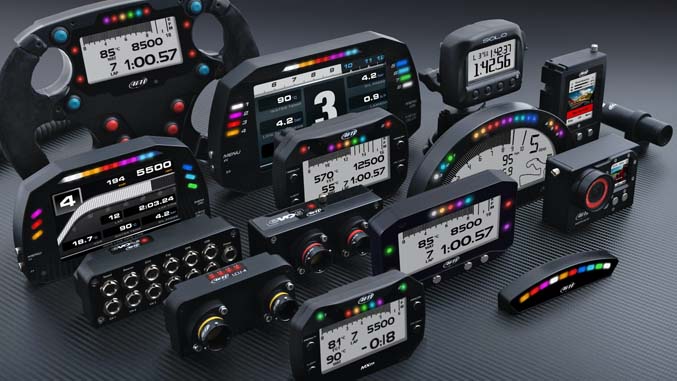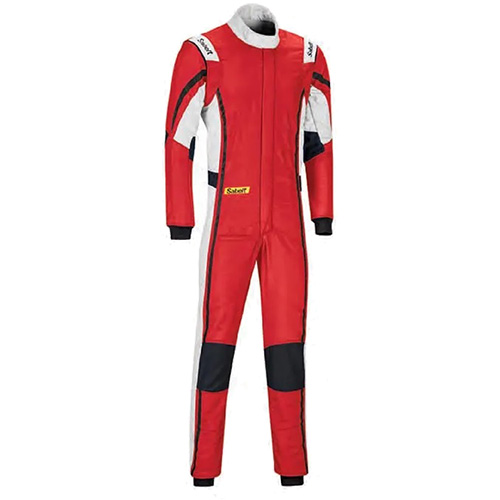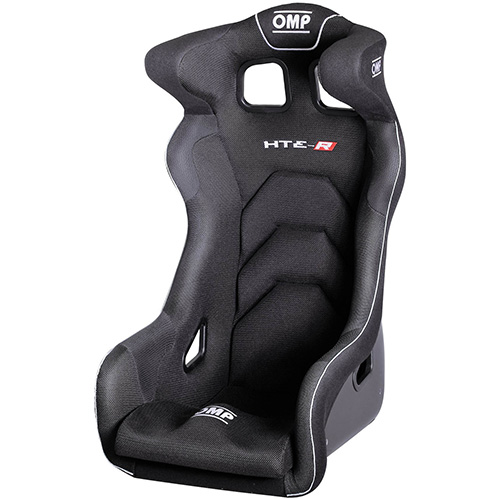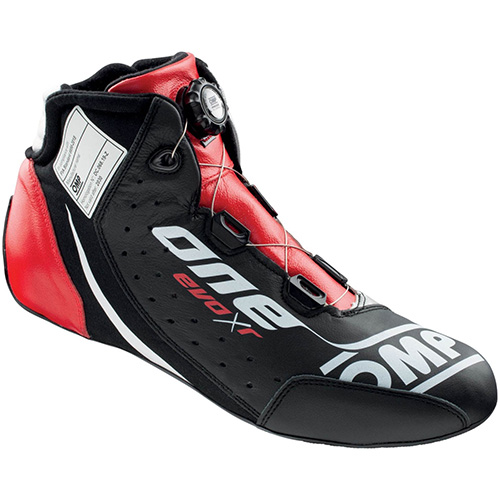Speed Secrets: How to Improve – Part 3

In Part 2, I presented the concept of how our brains work when driving a race car. Essentially, it can be summed up by Input-Process-Output. If you recall, information from our senses go into our brain/computer, where it is processed by our software/programming and we then get some form of output – our performance or skill.
Looking at this model of how we perform the act of driving, it becomes clear that if we can improve the quality and/or quantity of sensory information going into our brain/computer, the output should be better. Of course, that’s assuming the quality of our programming is up to the task, but that what my last article was all about.
The better the quality, and the more quantity of sensory information you put into your brain/computer, the better you will drive. Simple as that. Well, simple as that to explain. And actually, it’s not hard to improve the quality and quantity of that sensory input, either. It’s all a matter of focus. In fact, that is what most drivers are doing when they are getting seat time, without even knowing it. But, if you consciously focus on taking in more visual, kinesthetic and auditory information for a short period of time, you will then automatically (subconsciously) take in more all the time you’re driving.
Speaking of conscious versus subconscious, at what level do you think it is best to drive your race car? In other words, should you be trying to consciously think about every move, every skill, every technique it takes to drive the car? Or, should you just drive the car, trusting your subconscious mind to drive the car, relying on your mental programming to drive? Put that way, it’s easy to see that you need to drive at the subconscious level. I know you know that – you’ve probably tried to drive the car as fast as it can go as some point, and actually went slower, right? That’s what happens when you try to drive at the conscious level. The problem, of course, is that your mind cannot think fast enough at the conscious level to keep up with the speed of a race car.
Researchers have shown that a human brain can process approximately 2,000 bits of information per second at the conscious level. That sounds fast until you discover how fast your subconscious mind is. In fact, it can process 4 billion bits of information per second! That’s why you need to rely on your subconscious programming to drive the car.
Does that mean you can shut your conscious mind off completely? Not if you want to improve your driving. The goal should be to drive the car with your subconscious, as if on auto-pilot, while your conscious mind is used for being aware of things you could do better. It’s like your conscious mind is an in-car camera, looking over your shoulder, taking in all sorts of information, considering what could be done differently to make you go faster. If you’ve ever felt like you’ve done that, you’ve been in that magic state that athletes, among other people, call “the zone.”
So, how do you get there, into that zone? For starters, use your conscious mind to be aware – use it to take in more sensory information. Again, the more sensory information you take in and give to your brain/computer to work with, the better you will drive.

To stress this point one more time, do you think Lewis Hamilton makes fewer errors than you? While I may have never seen you drive, I suspect you don’t make any more errors than he does. I base this on the fact that all of the drivers I’ve coached through the years don’t make any more than Hamilton. Does Hamilton make smaller errors, or correct them sooner and with less fuss? You bet. The reason? More sensory input.
When you first began to race, you probably had less than half a dozen reference points for each turn: your turn-in, apex and exit points being the three most important. When you turned into a corner too early, for example, you were almost at the apex before realizing you were off-line. The correction required at that point was pretty major. When Schumacher, on the other hand, turns in too early (and he does – if you watch very closely you can see them), he recognizes them almost immediately as he has thousands of reference points in each corner. The reason he has so many is he is better at taking in sensory information.
The next time someone says, “suck it up,” maybe he’s referring to the sucking up all the sensory information around you while driving. And that’s a good thing.
SIDEBAR
Perhaps the most effective coaching tool I’ve ever used with drivers is something I call “Sensory Input Sessions.” You need to make them part of your pre-season testing – if you want to improve your driving.
How do they work? Simple. Head onto the track for ten laps or so with the sole objective of taking in more sensory information with your vision. Focus on everything you can see. Next, do a kinesthetic ten-lap session, where your only objective is to take in more information through touch, feel, balance, and sensing of g-forces. Finally, use ten laps or so to focus solely on what you can hear.
Ideally, you should stop after each sensory session and “debrief” with yourself or a coach. When you do that, you become more aware of what you’ve soaked up.
You know, a large percentage of my clients turn their fastest laps ever while doing Sensory Input Sessions. There are two reasons for this. First, while doing them, you’re giving your brain/computer more quality information to work with. And second, while doing these, it’s almost impossible to drive in the conscious mode – in the “try” mode. When you’re completely focused on just taking in more quality sensory information, you cannot help but drive with your subconscious mind.
Ross Bentley
For more information about Ross’s tips, coaching, eCourses, newsletter, Virtual Track Walk videos, and other resources to help you drive at your best go to www.SpeedSecrets.com
Looking for a pro driver development series that will help you identify and work on your driving, will do less damage to the bank than most, and offers serious prize money? Check out the Spec MX-5 Challenge: https://specmx-5.com


















